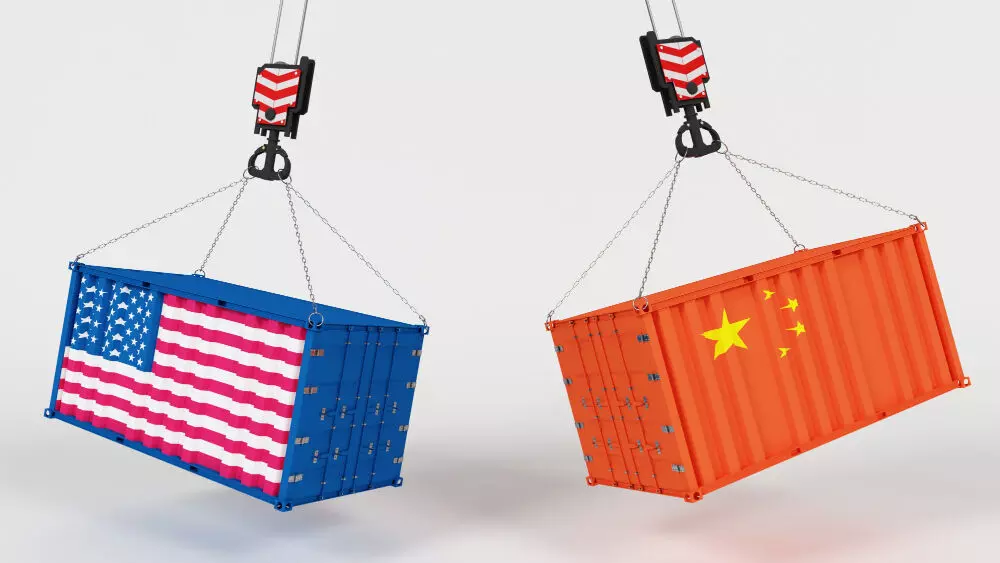Understanding Customs Regulations for Imports from China to Thailand
image for illustrative purpose

When it comes to importing goods from China to Thailand, one of the most important aspects you need to understand is customs regulations. Customs procedures may feel like a maze, but knowing how they work will save you from costly mistakes, unexpected delays, and unnecessary stress. Whether you’re a small business owner, an e-commerce seller, or just getting started in international trade, understanding customs is the key to moving goods smoothly.
In this guide, we’ll break down Thai customs regulations in a way that’s clear, simple, and practical—so you can feel confident with every shipment.
Why Customs Regulations Matter
Many first-time importers underestimate the role of customs. They think it’s just about paying taxes at the border, but in reality, customs covers:
- Classification of goods (How your products are categorized under the Harmonized System).
- Import duties and taxes (What you’ll actually pay).
- Required documents (Paperwork that must be filed correctly).
- Restricted and prohibited goods (What you can’t import or need special permits for).
- ‘Compliance checks (Ensuring products meet Thai standards).
By understanding these areas, you reduce risks of shipment holds, fines, or even confiscation.
Key Customs Regulations for Imports from China to Thailand
1. HS Code Classification
Every product you import has a Harmonized System (HS) Code. This code determines:
- What customs duty applies
- Whether you need an import license
- If there are any restrictions
For example, importing textiles and electronics have very different HS codes and duty rates. It’s always best to confirm your HS codes before placing orders, because misclassification can lead to fines or overpaying duties.
2. Import Duties and Taxes
Thailand imposes different duties depending on the product. Here are the main charges you need to know:
- Customs duty – Calculated based on the HS code.
- Value Added Tax (VAT) – Currently 7% in Thailand, applied to the CIF value (Cost + Insurance + Freight + Duty).
- Excise tax – Applies to specific items like alcohol, tobacco, or luxury goods.
For example, if you import electronics worth $10,000, customs will calculate duties, add insurance and freight costs, and then apply VAT.
3. Import Licenses and Permits
Not all goods can be imported freely. Some items require licenses from government authorities, such as:
- Food and agricultural products – Require clearance from the Ministry of Agriculture.
- Pharmaceuticals and medical devices – Need approval from the Thai FDA.
- Cosmetics – Must comply with safety and labeling standards.
- Chemicals – May require special permits due to safety concerns.
If you plan to import these categories, always check the permit requirements first.
4. Restricted and Prohibited Goods
Thailand prohibits certain imports, including narcotics, counterfeit goods, and items that may affect national security. Restricted goods like alcohol, arms, and wildlife products require additional clearance.
Failing to comply with these regulations can lead to heavy penalties. It’s always safer to confirm with Thai Customs or your shipping partner before placing an order.
5. Essential Documentation
To clear customs, you’ll need the following documents prepared and accurate:
- Commercial invoice – Listing the buyer, seller, value, and description of goods.
- Packing list – Details of shipment contents.
- Bill of lading or airway bill – Proof of shipment.
- Import license or permit (if required).
- Customs declaration form.
Incorrect or incomplete documentation is one of the most common reasons for shipment delays.
Common Challenges Importers Face
Even experienced importers run into issues when dealing with customs in Thailand. Some common challenges include:
- Underestimating total costs – Forgetting to include VAT, handling charges, or storage fees.
- Incorrect HS codes – Leading to disputes or unexpected duties.
- Delays in document submission – Which can cause storage charges at ports.
- Misunderstanding restricted items – Accidentally ordering goods that require licenses.
By planning ahead, you can avoid most of these pitfalls.
Tips for Smooth Customs Clearance
Here are some practical steps you can take to make your importing process easier:
- Work with an experienced freight forwarder – They know the customs process inside out.
- Double-check your HS codes – Ensure you classify your goods correctly.
- Keep documents accurate and organized – Always prepare invoices and packing lists carefully.
- Budget for all costs – Include duties, VAT, port handling fees, and logistics in your pricing.
- Stay updated on Thai regulations – Customs laws can change, so it’s important to stay informed.
How 1688shipping.com Can Help
Navigating customs can be overwhelming, especially if you’re new to importing. That’s where professional shipping and logistics partners like 1688shipping.com come in.
With expertise in cross-border trade, they can:
- Assist in proper HS code classification.
- Handle customs declarations on your behalf.
- Provide accurate duty and tax estimates.
- Help secure necessary import permits.
- Ensure your shipments comply with Thai laws.
Using a reliable partner reduces stress and ensures smoother customs clearance—so you can focus on growing your business.
Final Thoughts
Understanding customs regulations for imports from China to Thailand may seem complex, but it doesn’t have to be. Once you learn how HS codes, duties, documents, and permits work, the process becomes much clearer.
The key is preparation: know your products, classify them correctly, and partner with experienced logistics providers like 1688shipping to handle the tricky parts. With the right approach, importing into Thailand can be not only manageable but also profitable.

